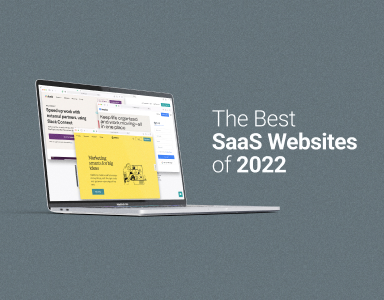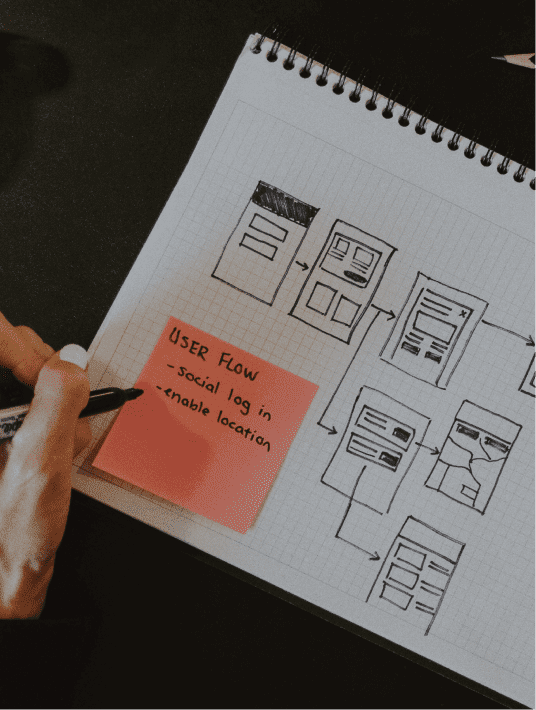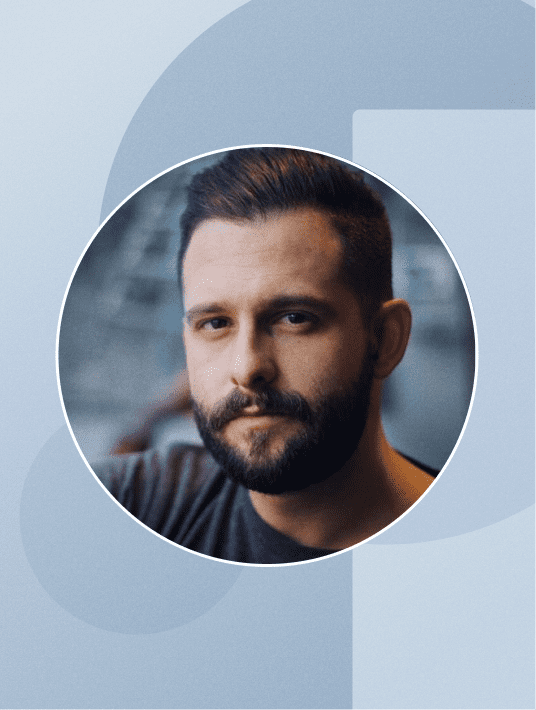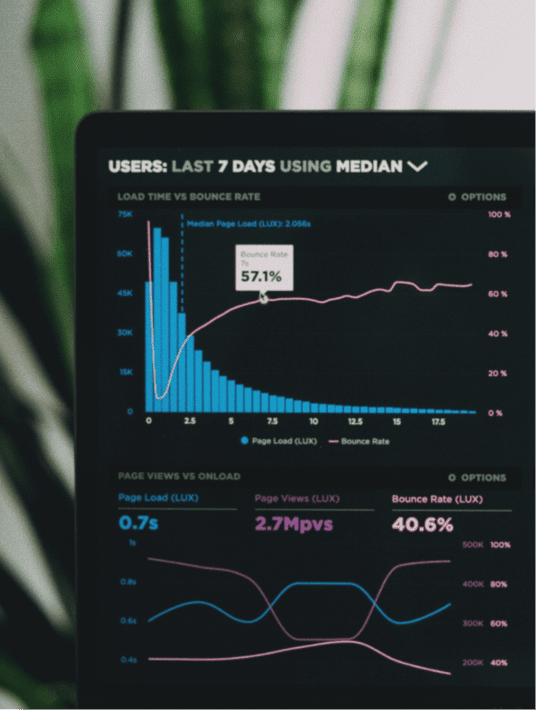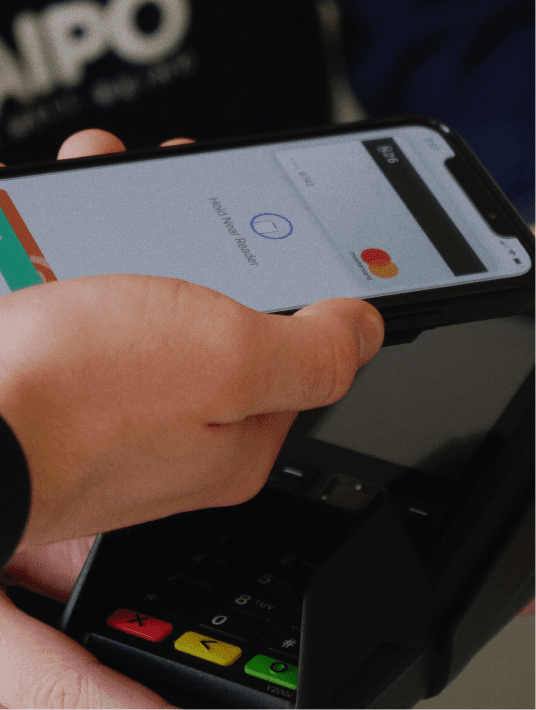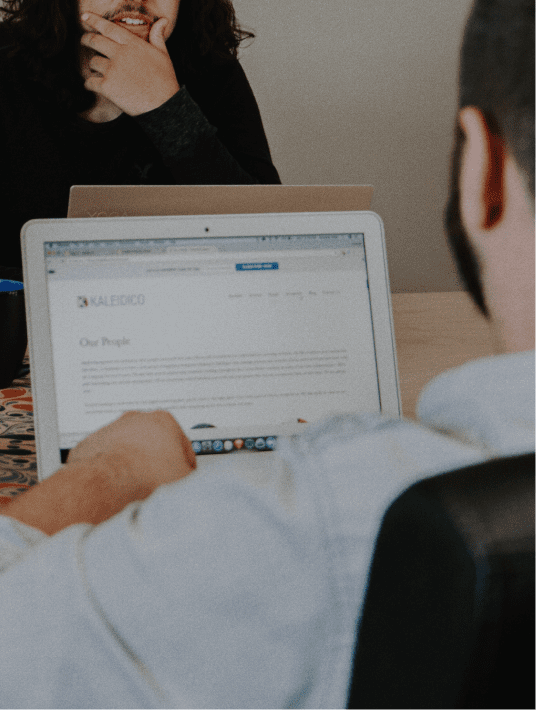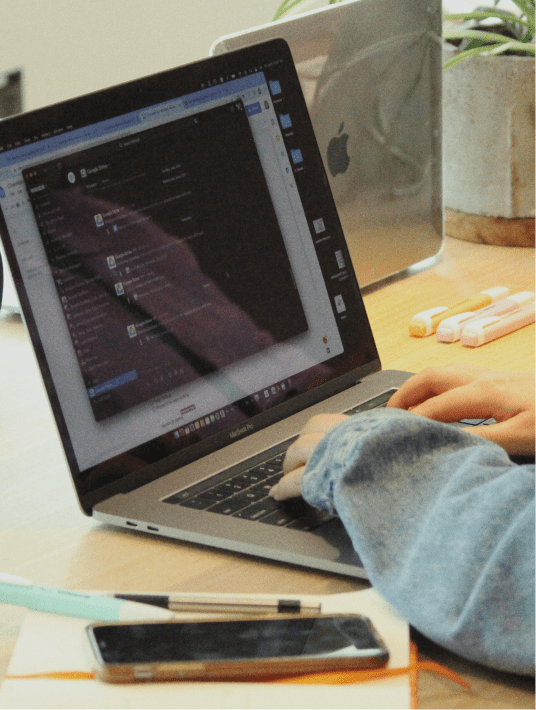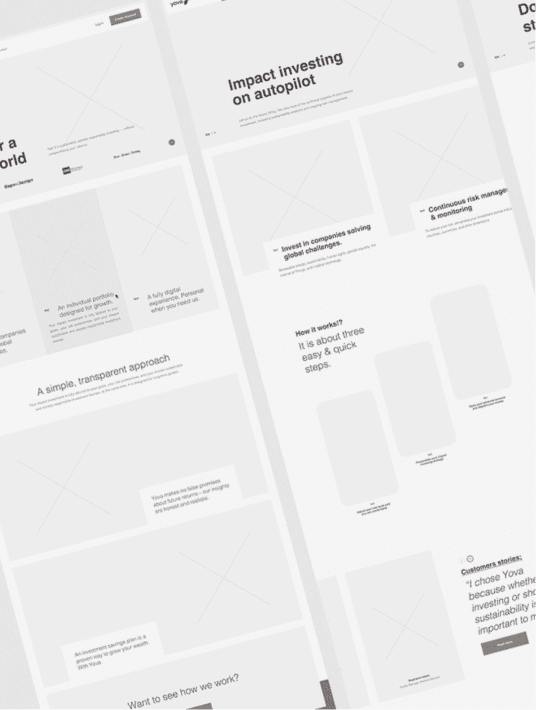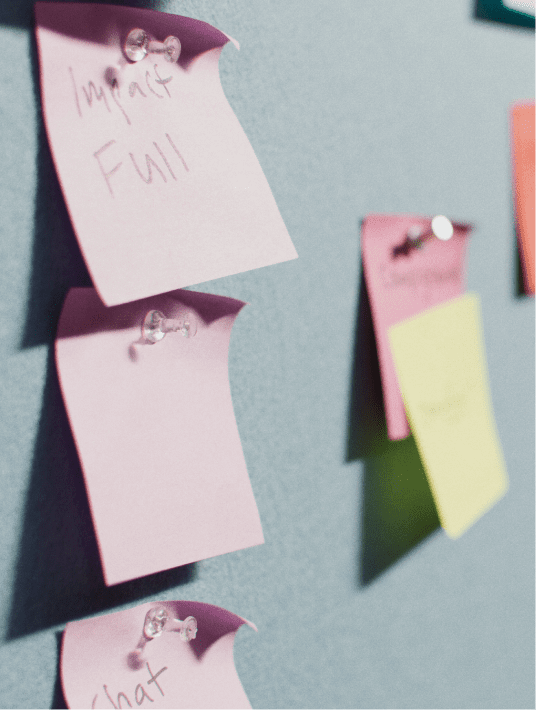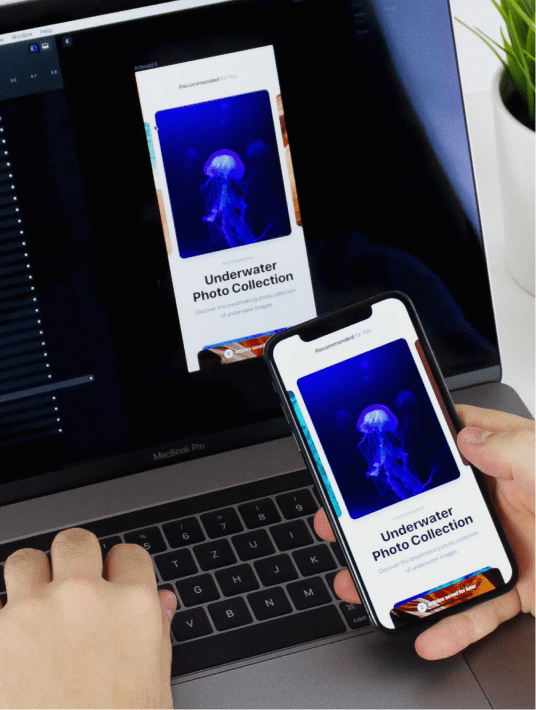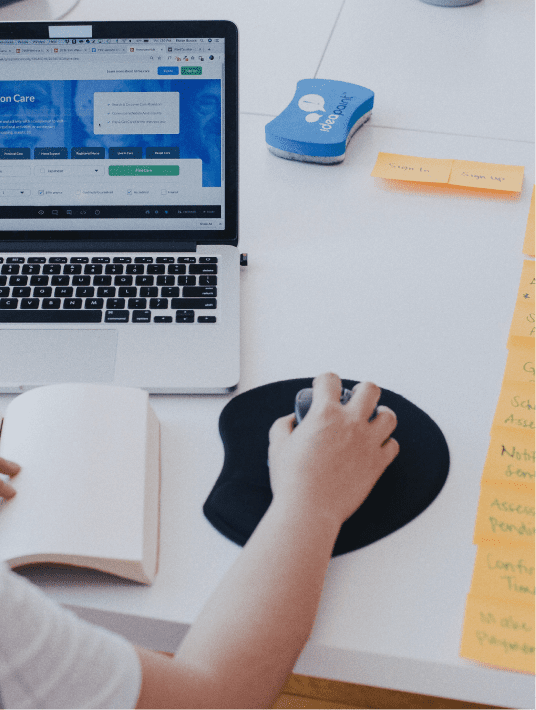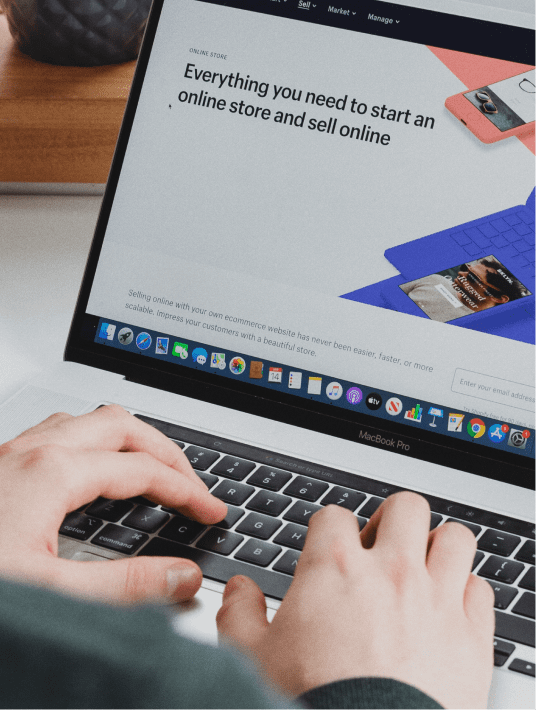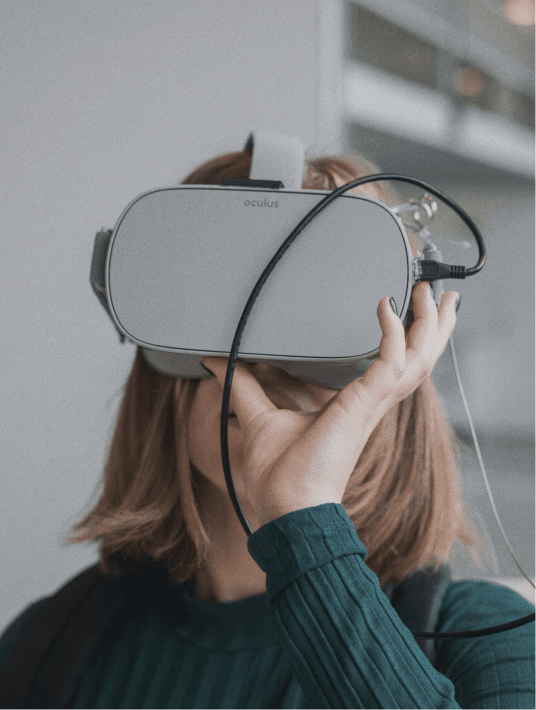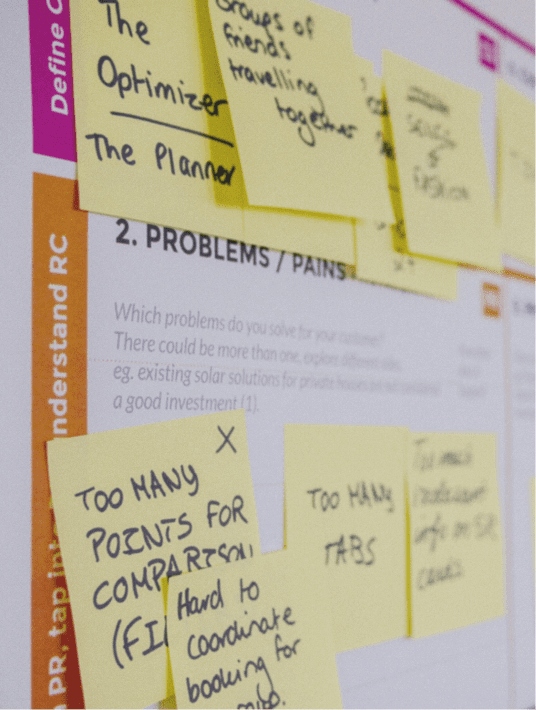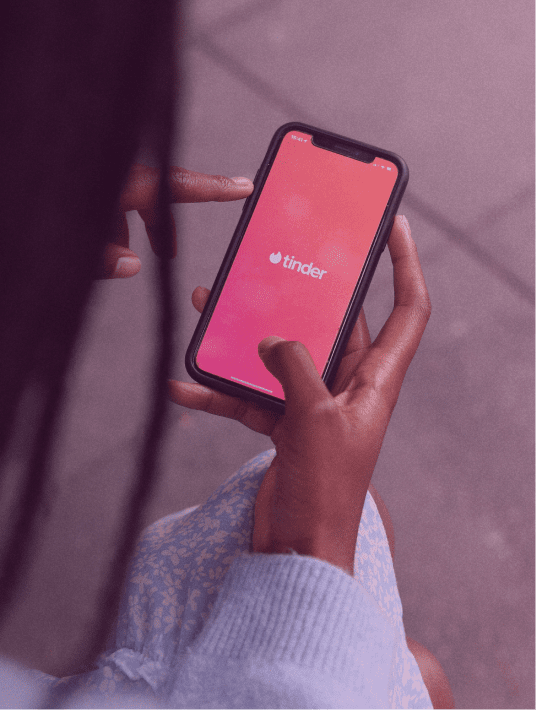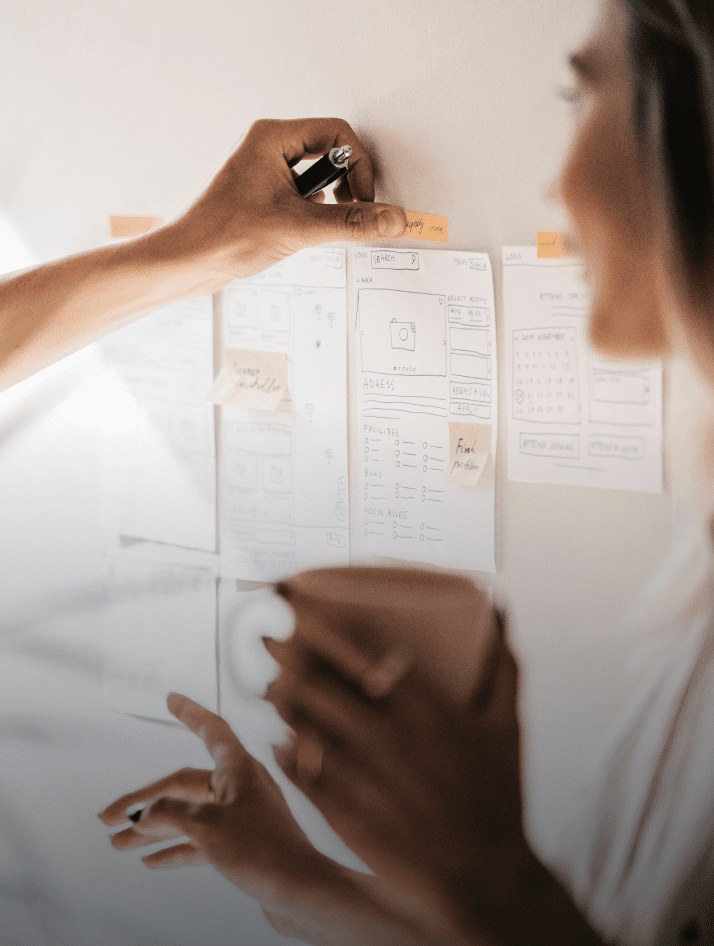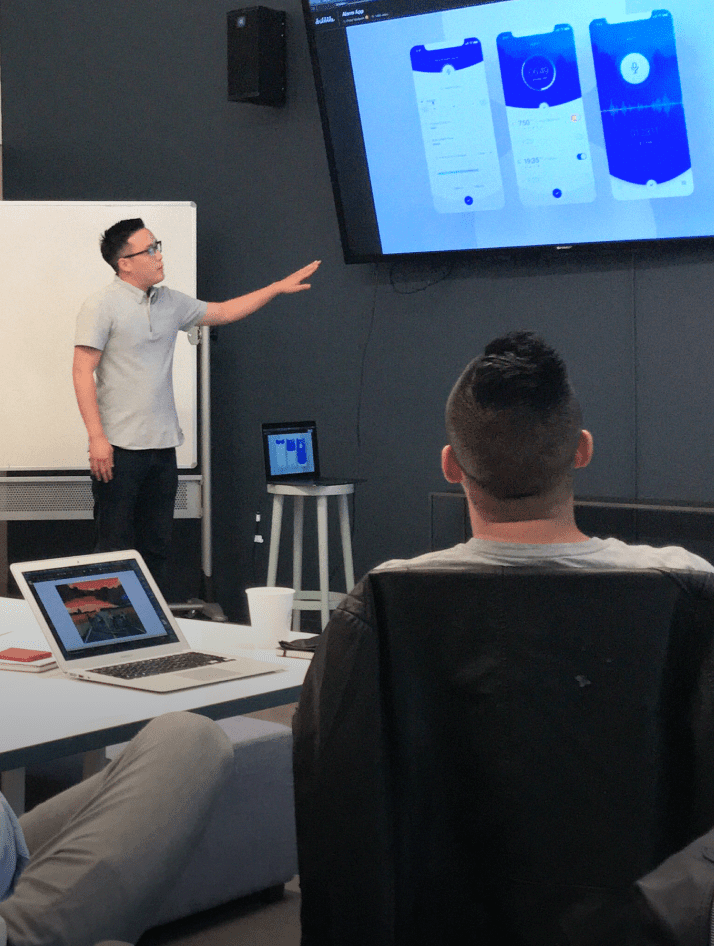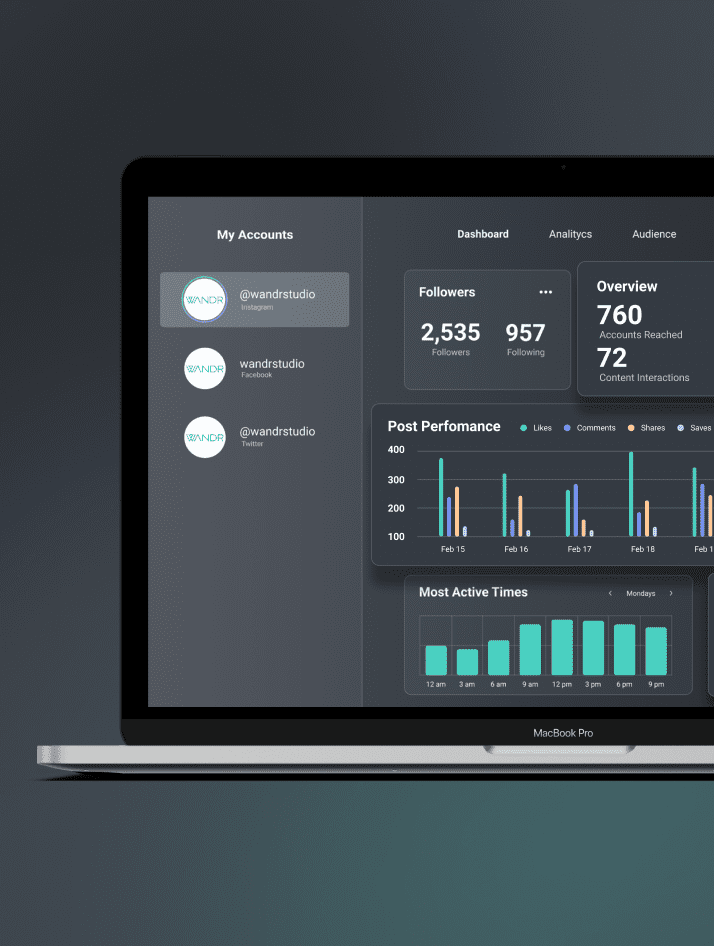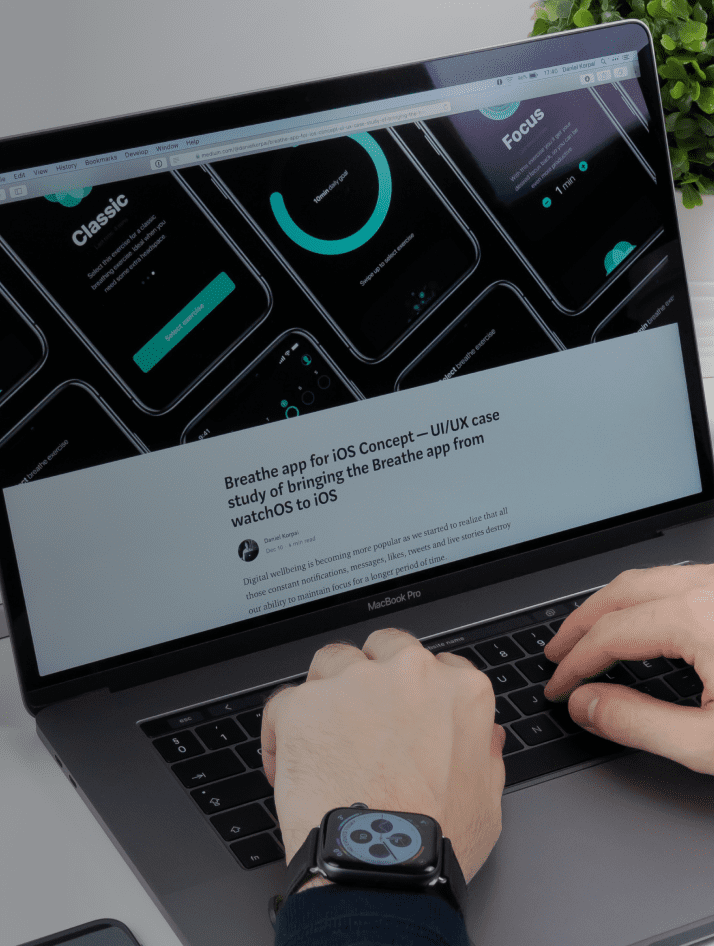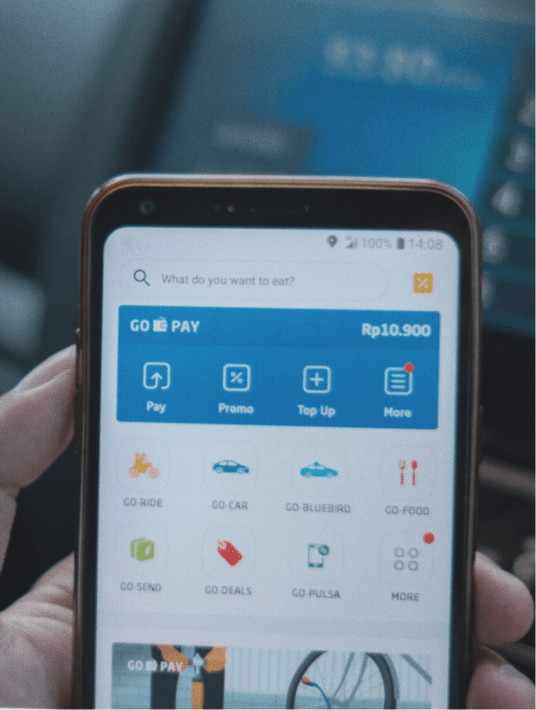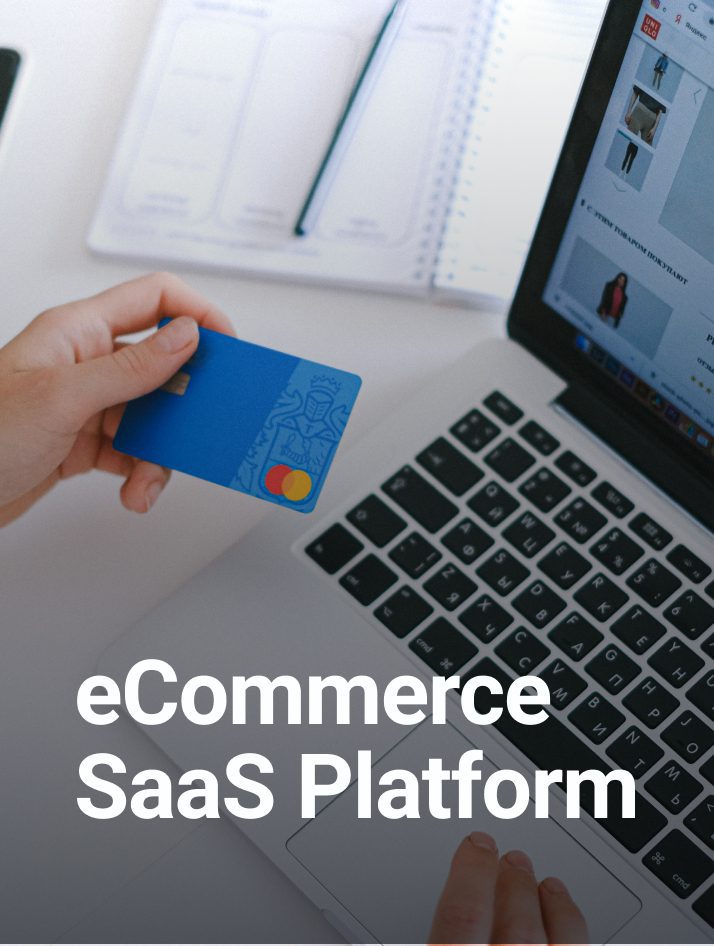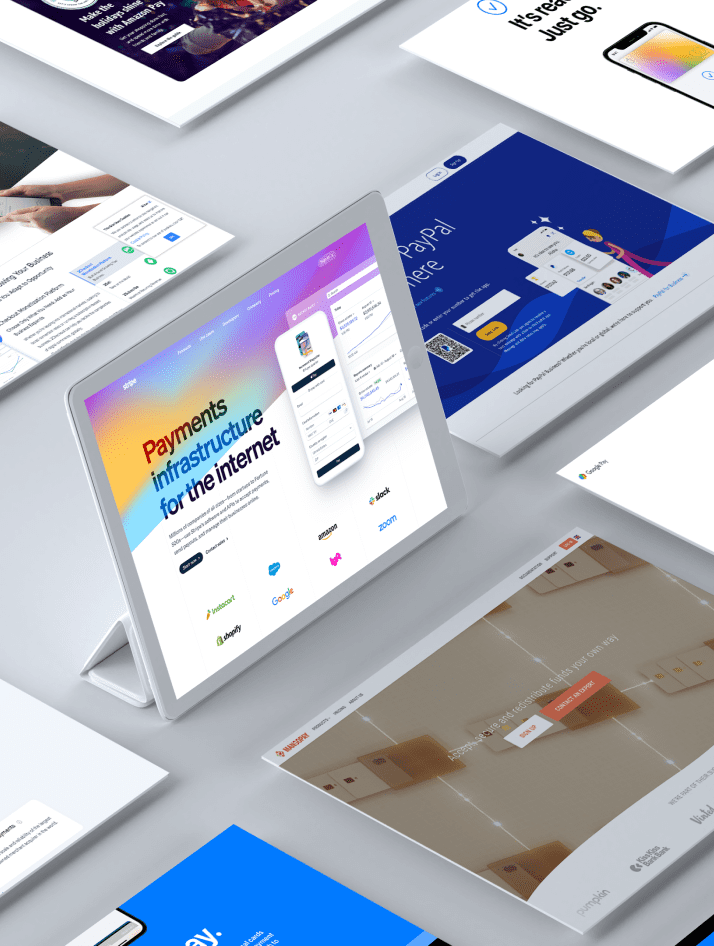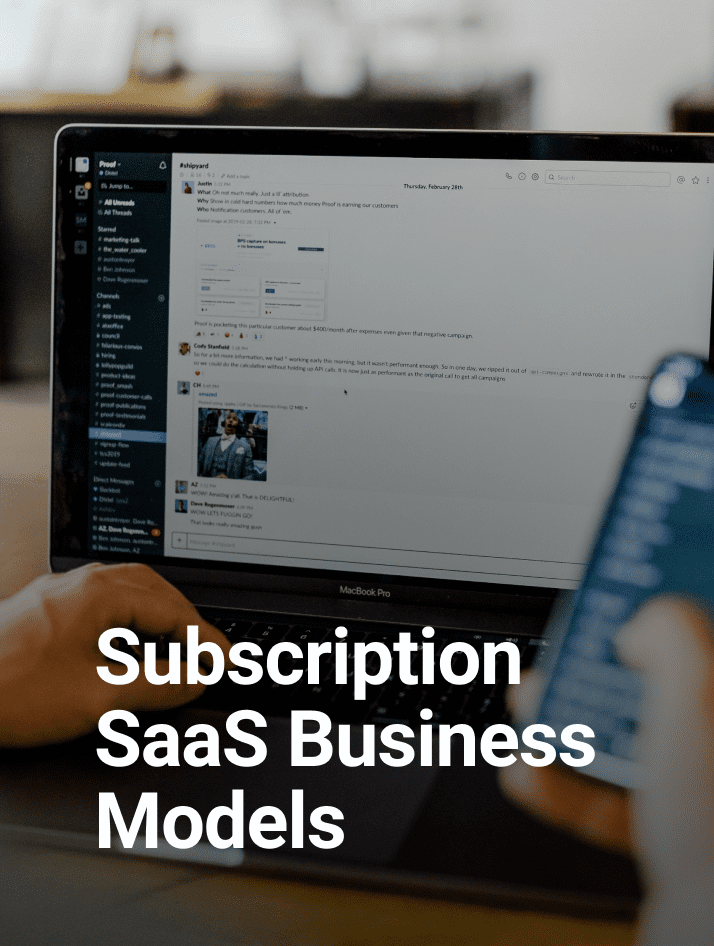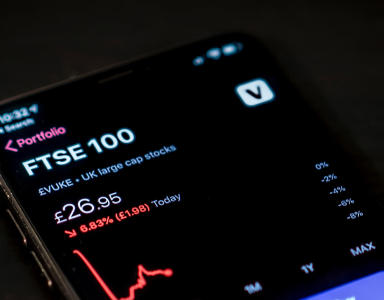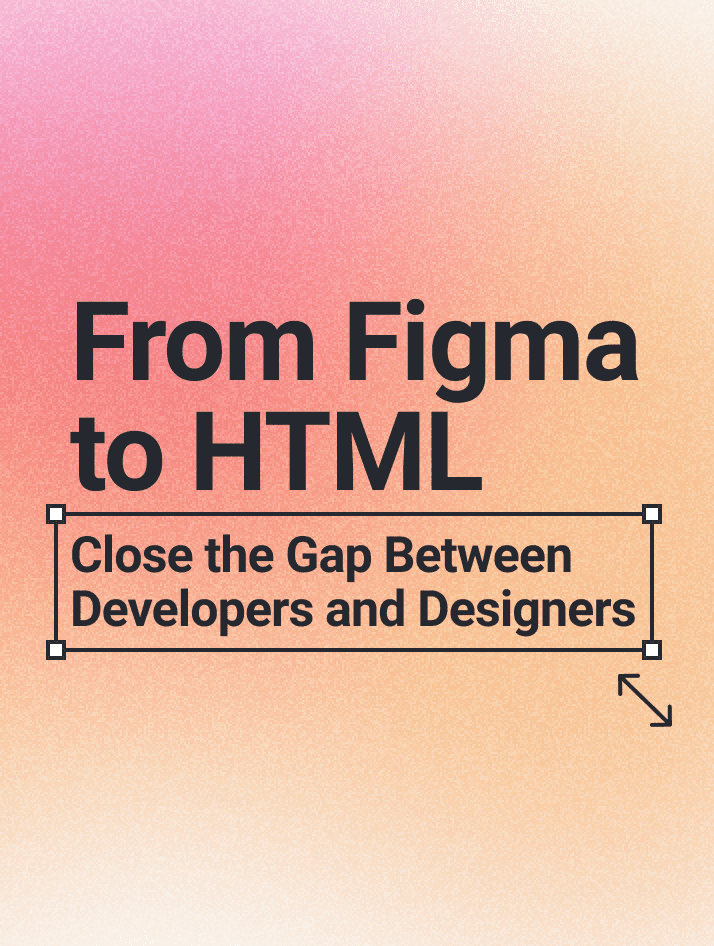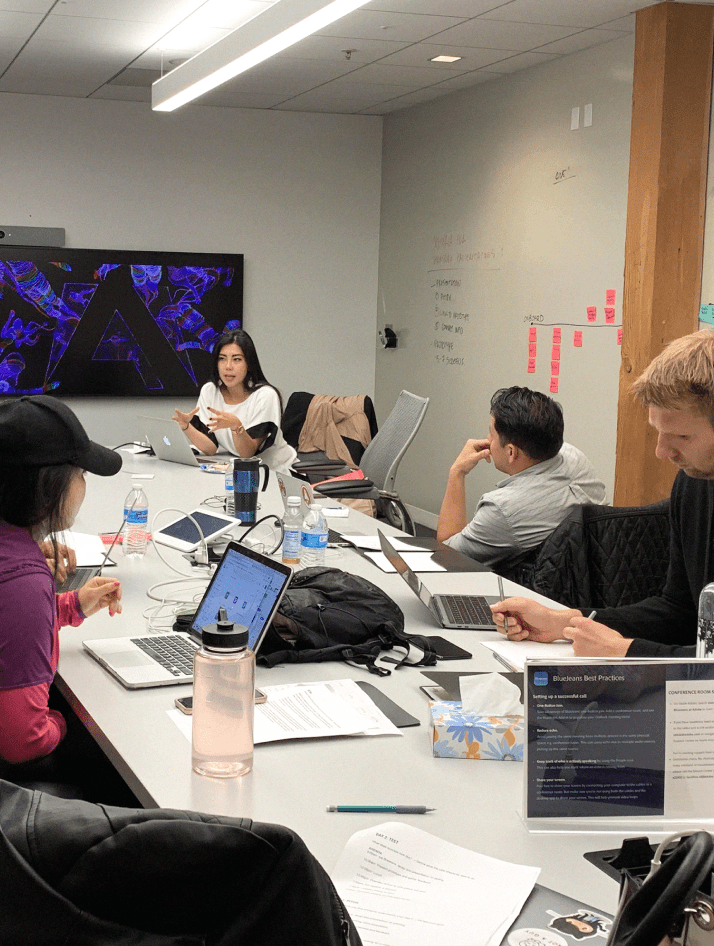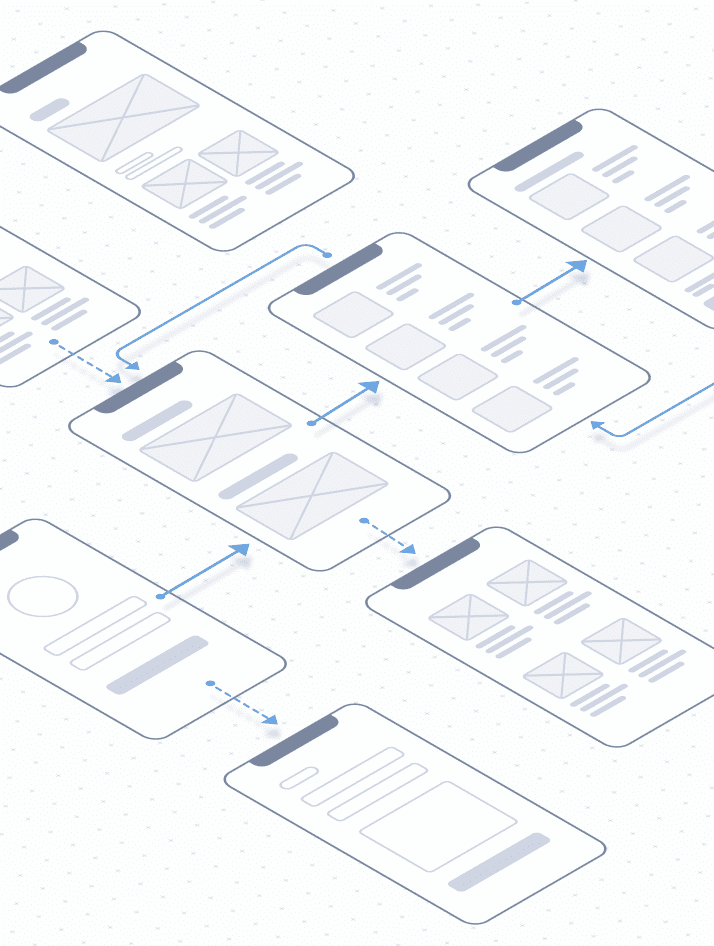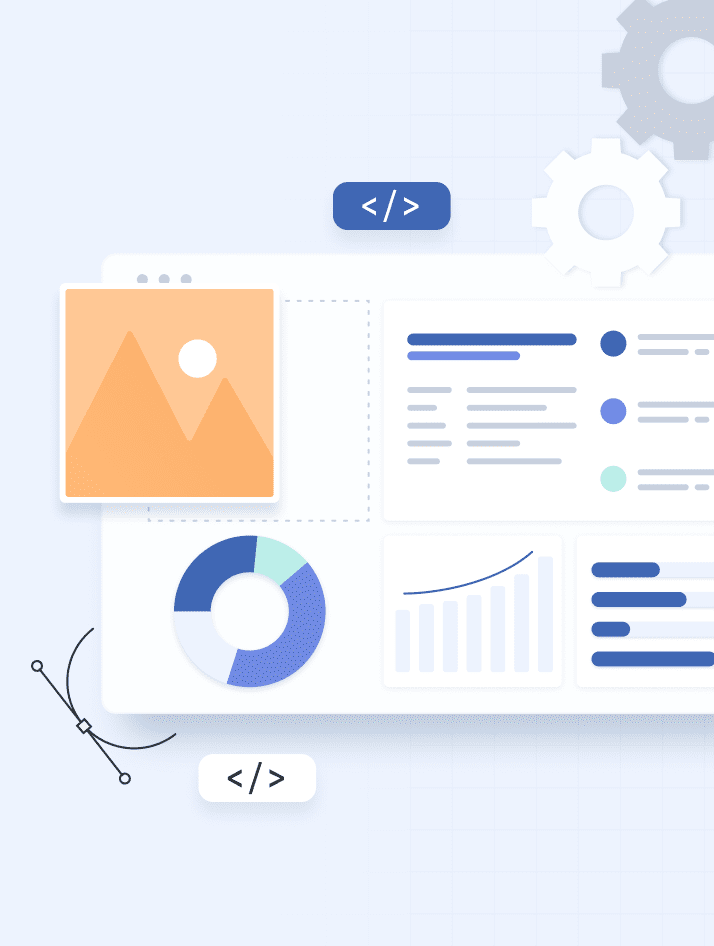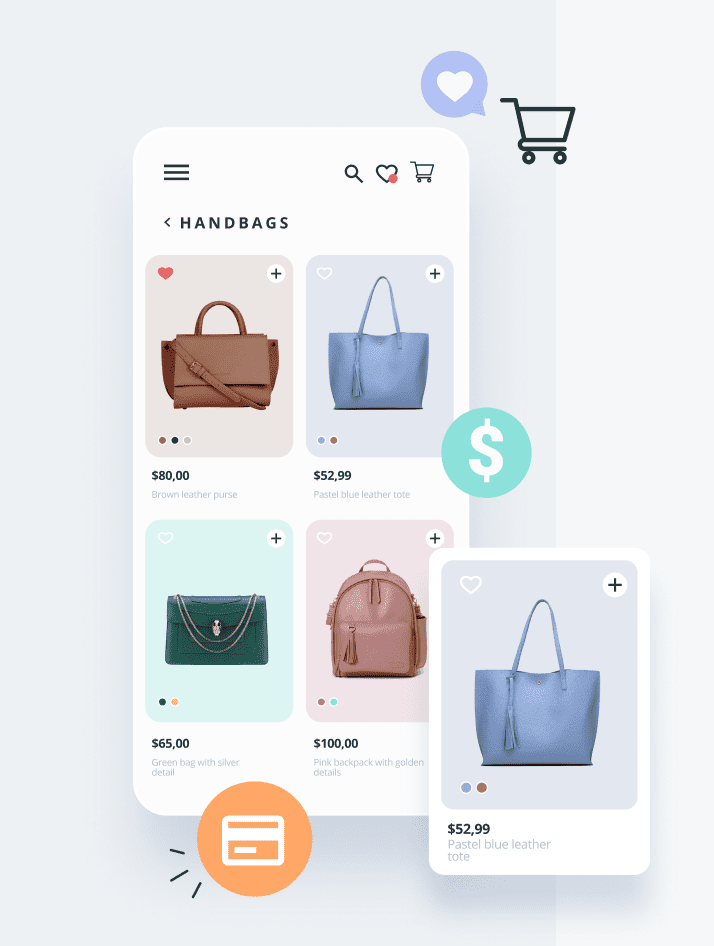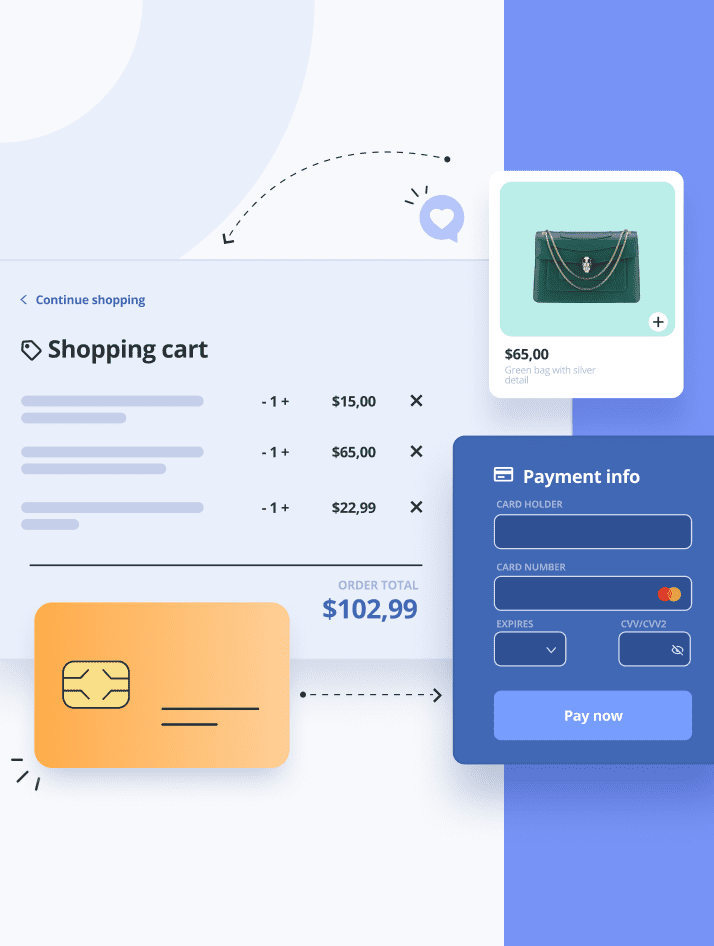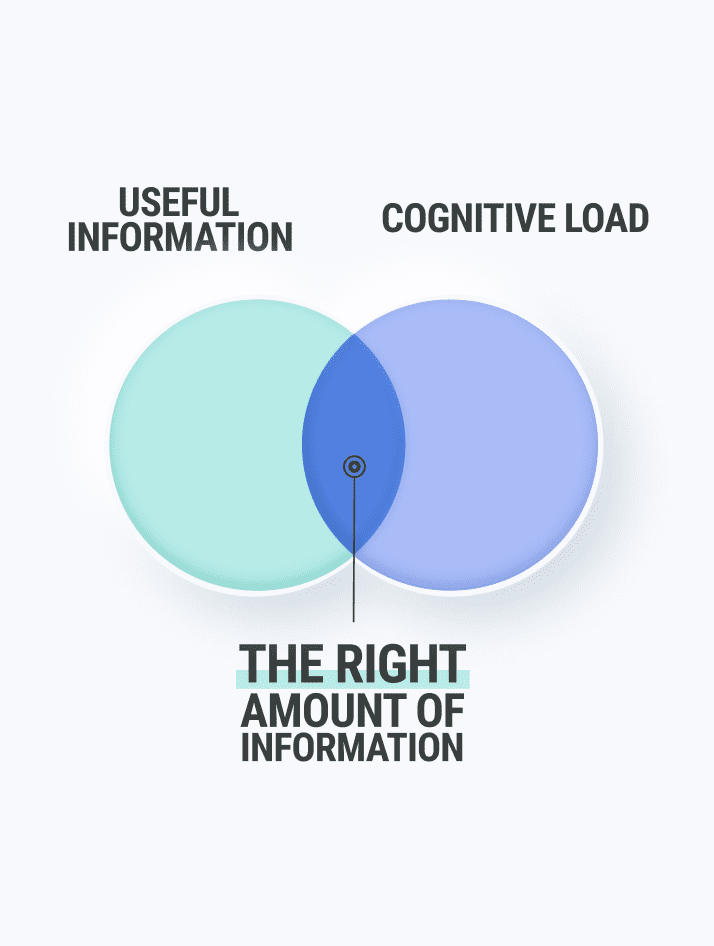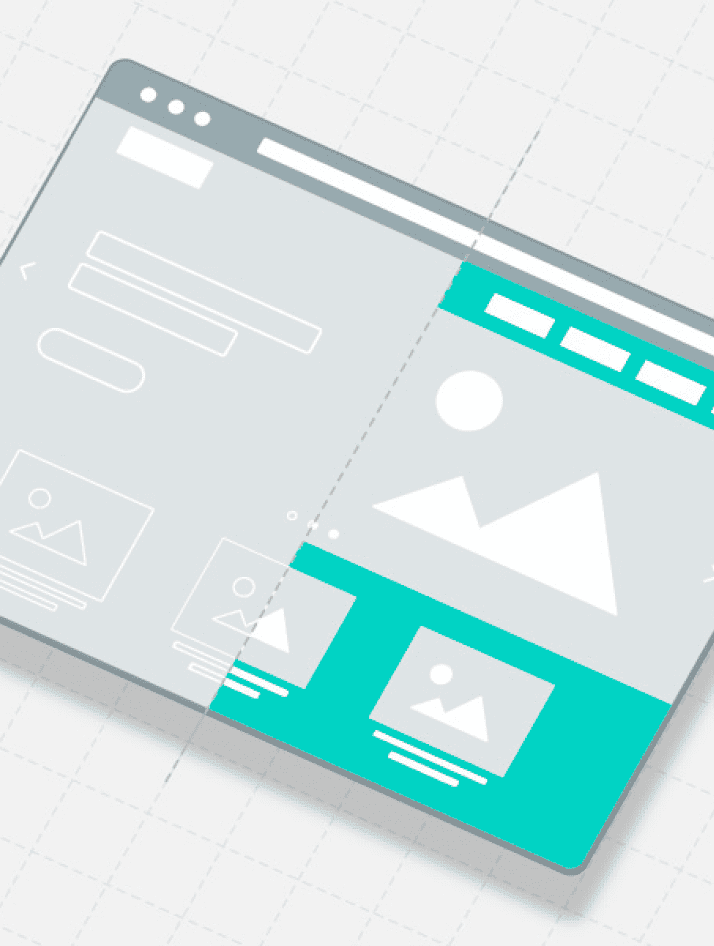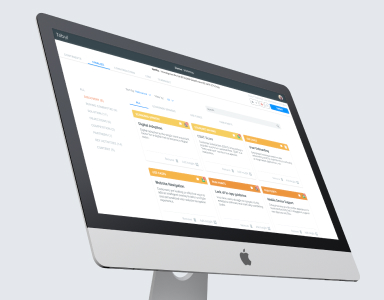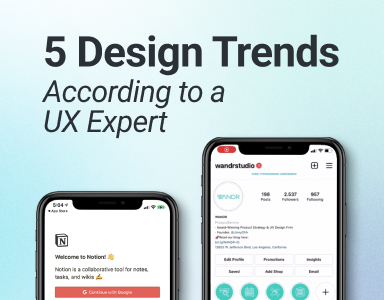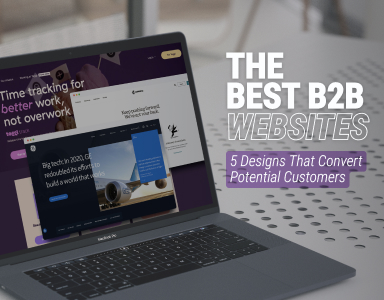A Designer’s Guide to Lean UX
Lean UX Benefits: Enhance efficiency, minimize waste, and prioritize user feedback. Create user-centered products with speed and precision.

When development happens in short bursts, traditional UX methodologies don't always work because there isn't enough time to deliver UX in the same way. Lean UX assists in overcoming this barrier and providing an excellent user experience. Let's have a look at how it functions.
What Is Lean UX?
In a word, lean UX entails bringing together all related departments to reduce waste and enhance productivity and profit. The process does away with deliverables entirely instead of relying on real-time input to make minor, incremental improvements over time.
Some businesses refer to the process as "Lean UX" or "Agile UX." The method entails identifying and focusing on "value" while eliminating "waste."
Lean UX strategies can make your website more effective in reaching essential goals. For example, by modifying the verbiage on their homepage to emphasize business-use cases, SaaS Doodle increased trial signups by 54 percent. Using lean UX, the organization discovered that this adjustment would be effective.

Benefits of Being Lean
Lean UX allows teams to complete design phases much more quickly and, more importantly, to work smarter. Time-saving is also a significant element, implying minimal resource waste.
User research and testing provide early feedback, resulting in improved design and product decisions all around. This technique prioritizes continuous experimentation and raw data over enormous paper outputs, which brings us to the following point: prototyping as a method of documentation.
Let's look at some of the advantages of lean UX now.
Less Waste
Lean UX procedures are less reliant on deliverables (flow diagrams and sitemaps) and documentation. Instead, it shifts toward a more quality- and experience-focused approach. What is the significance of this? That's because anything not employed in the final product's development is wasteful and time-consuming.
Develop Agility
The agile development approach underpins the Lean UX. As a result, rather than using a waterfall methodology to proceed from one stage to the next, the agile method is more flexible, jumping right into production and moving back and forth between processes. For example, after defining the project in the thinking phase, the team moves to production, iterating between the prototype, testing, and iterating processes to improve the product.
While this is an effective strategy, it does create a high level of integration between the development team and the rest of the team since they must comprehend the test results and apply them simultaneously to the rest of the group.

Getting Out of the Building
Who gets to decide on the final product? It is, without a doubt, the customers. The success of whatever we create or develop is defined by whether or not end-users click the final version of the call-to-action button. User feedback is reflected at an early stage of development when you stay Lean, which leads to the best results.
Create a Collaborative Atmosphere
In Lean UX, the team collaborates and moves back and forth between the prototype and testing stages to incorporate input modifications, improve the product, and test it again. This process necessitates a high level of team cohesion. Instead of working in isolation, the team communicates regularly to ensure everyone is on the same page.
Quick and Effective
Staying Lean emphasizes the need for 'rapid experimentation and measurement' (see Jeff Gothelf's Lean UX), which helps us obtain the result more quickly. The basic concept of Lean UX also allows designers and developers to make ongoing adjustments to their ideas to respond to changing market needs more quickly.
Lean UX can considerably improve the project on various levels based on the advantages above. The project timeline gets drastically shortened, the team will be more collaborative, and the end product will be user-centered, to name a few benefits. Let's get started with the process.

The Lean UX Process
Before starting Lean UX, consider what Gothelf says: Lean UX is a mentality. Everyone in your organization must accept a mindset to be effective.
For Lean UX to be effective, all organization members must be on board and understand it. So let's have a look at the procedure itself now.

Conclusions, Assumptions, and Hypotheses
Whereas typical software development approaches concentrate on features and deliverables, Lean UX emphasizes the product's outcomes and how they help (or do not benefit) the user.
Lean UX turns the focus away from what designers believe is necessary for a product and their assumptions to achieve positive results.
Assumptions are your beliefs or expectations about your users based on what you know. Yes, these are fraught with danger and can be disastrous. Nonetheless, they are necessary to provide a starting point for your team.
Assumptions can be divided into four categories:
- The results of the business. This is what it looks like when it's all said and done. What evidence do you have that your product was a success?
- Users. The people for whom you're designing a product. What are their names? What does their persona entail?
- Outcomes for users This is what your customers are looking for in a product like yours. What are their aches and pains? What solutions does your product offer?
- Features. How will you improve your product in the future to ensure that your users get the results they want?
You'll then proceed to build a hypothesis based on your assumptions. This entails converting your assumptions into hypotheses.
For example, we feel our users are middle-aged housewives who require assistance with their chores. So if we notice an increase in app usage and hear from users that it has helped them save time on tasks, we'll know we're on the right track.
The hypothesis is a fantastic technique to figure out what you think you know about your users and what they require, which is the foundation for your future efforts.
Design Collaboration
UX design has always been considered a specialized field. People with a keen sense of design, user interaction, and technical training frequently controlled the entire design process. The goal was to create early pixel-perfect designs before deployment. Typically, this work was done in silos. Only those who knew the most about the system and its context participated. The project's success was determined by how closely the executed user interface matched the original UX concept. This changes substantially with the quote from the book “Lean UX”:
"Lean UX has no time for heroes. The entire concept of design as a hypothesis immediately dethrones notions of heroism; as a designer, you must expect that many of your ideas will fail in testing. Heroes don't admit failure. But Lean UX designers embrace it as part of the process."
MVP (Minimum Viable Product)
What is the simplest way for us to learn more about our hypothesis? That is the question that your minimum viable product seeks to answer (MVP). Therefore, the most fundamental expression of your product is the MVP. The goal is to get an immediate product out there and test how your target market reacts to it.
It would be best to build your MVP around your assumptions and theories. The reaction and comments of your target audience to your MVP will provide you with the most insight into whether you're on the correct route. After you've created your MVP, it's crucial to investigate how your users are behaving.
Evaluate
Evaluate MVPs as part of the deployment and release process (where necessary). There are several methods for determining whether a feature produces the desired results.
These are some of them:
Observation - Whenever possible, witness the actual system used to better understand the user's context and behavior.
Surveys - When direct observation is impossible, a basic end-user questionnaire helps gather quick feedback.
Usage analytics — Lean-Agile teams incorporate analytics into their applications, which aids in initial validation and provides the telemetry required to support a Continuous Delivery model. Application telemetry provides the deployed system with continuous operational and user input.
A/B testing- This type of statistical hypothesis testing compares two samples and recognizes that user preferences are unknown in advance. Recognizing this is incredibly liberating, as it eliminates lengthy disputes between designers and developers—who are unlikely to utilize the system in the first place.
Once you've figured out what you need to modify and improve, it's time to go back to the beginning and do it all over again! Rinse and repeat until you've created a product that meets the needs of your users.
How Can Lean Design Improve Product Success?
User feedback and early testing are both parts of the Lean process.
The premise behind the methodology is "fail early, succeed sooner." Tolerate failures because they provide opportunities for learning, which is often necessary for breakthrough success.
Customer development is another term for lean processes. Before constructing the final product, the goal is to determine what the customer wants. The Lean principle is to develop assumptions and hypotheses that you're trying to test as you go along using the learning from your experiments.
Both Lean and Design Thinking are customer-centric and iterative. The engine for progress is customer engagement and feedback. However, lean innovation differs from other approaches in that it addresses the entire business model surrounding a product.
What’s the Relation Between the Minimum Viable Product and Lean UX
Lean UX is all about reducing waste and reducing its time to create a product or service. That is why a Minimum Viable Product (MVP) is probably the quickest and cheapest approach to see if a feature is worth investing in at this time.
MVPs are sometimes confused with proofs of concept or prototypes by designers. On the other hand, MVPs are finished products ready for production, and Lean UX MVPs are no exception. A Lean UX MVP should be a fully functional, user-friendly product.
The MVP process, like Lean UX, focuses on creating authentic, usable products. It's critical not to cram every available feature into this first build phase. Instead, consider the bare minimum of features to alleviate the user's most pressing problem. The first design should concentrate on the aspects that the UX designer believes would provide the best return on investment. When consumers start utilizing the product, it will be clear whether or not this is true.

User Research and Testing in Lean UX
User research is an essential phase in the validation of our ideas. At this stage, we collect qualitative insights from users using a combination of classic, new, and lean methodologies.
When you use Lean UX to capture data at any level of development, you save a lot of time. That involves searching for ways to include data that allows for speedy decision-making at any stage of the process. Your feedback will help the development team decide what to build, fix, and remove if it's interfering with the user experience.

So, how do we go about conducting decision-making-focused UX research and testing? Here are our suggestions.
Test Users Regularly
Choose a convenient period on your monthly schedule and reserve a few users for that time each month.
Focus on the user interface, conceptual testing, content, or wireframes and prototypes. It makes no difference. You don't have much time between bursts in Agile environments to schedule participants and then get moving – so don't do it. Instead, book the users ahead of time and focus on creating the user's grasp of what's required as soon as you're ready to start testing.
Share Data Early
Lean UX necessitates more faith in the UX team than other UX methods. In addition, because the focus is on making decisions, valuable data must be communicated with the appropriate stakeholders as quickly as possible.
Creating beautiful, long-form, fully detailed reports takes far too long. As a result, avoid them. Instead, spotlight the problem and send out basic headline reports - if stakeholders want to delve further, let them know that answering their questions will take time. Still, sloppy data is better than no data at all when making a decision.
The more you do it and the more relevant your observations are, the less likely you will have to spend hours producing long-form reports.
Allow Testers to See Usability Tests
There's no time for debate when working in an Agile environment; either the developers agree with your views, or they'll ignore them. The procedure will not cease unless it becomes highly inefficient.
As we all know, usability testing may provide a wealth of information. However, suppose only the UX team is present for the testing. In that case, they will have to explain the results and issues to the development team afterward.
Bringing a developer in and observing the issues as they arise during a usability test is considerably easier and faster. For example, when a developer notices a flaw, they want to go right in and fix it. This eliminates the need to explain the problem and helps decisions to be made quickly.
Create Reports Ahead of Time and Fill Them in as You Go
You can save a lot of time by using template reports. Prepare your test reports before you begin testing, and then fill them out as you go. This has another advantage: it allows you to verify your expected results ahead of time. For example, if you generate a report and wonder, "How exactly does this approach lead to this data?" you can correct the test before it is run.
The beauty of Lean UX is that you can test it with nearly anything, from sketches on a napkin to wireframes and completely functional prototypes.
Quick testing at each stage ensures that the project does not deviate from the original plan. Using a napkin and a whiteboard to test concepts ensures that no one is flying blind in the early phases.
What's the Best Place to Test?
Interacting with and observing consumers in their habitat is necessary to obtain better data and more honest feedback. Coffee shop lines, bus and subway stops, or any other location that is particularly relevant to the use-case are good places to interact with and chat with users.
Who Should Be Put to the Test?
Creating a user persona will make your analytical process more efficient and enjoyable. Building a user persona takes time. You'll save a lot of time during data analysis if your persona is accurate. There's just so much of a sample you can take if your recruits are unlikely to match your user base exactly. Recruitment without an authentic user persona will not suffice if you require a significant sample size.
Here’s a formula to give you a starting point for creating personas:
- A sufficient number of persons should be interviewed and observed.
- Find trends in the responses and actions of the respondents and use them to group similar people.
- Based on the patterns discovered, create archetypical models of those groups.
- Create user-centered designs based on that understanding of users and the model of that understanding.
- Share your models with other members of your team and stakeholders.

How to Perform a Test
You can begin usability testing once you have the above information. A few lean approaches for conducting user research on a budget are listed below.
Guerrilla Testing
Guerilla testing entails going to places where you might find users of your persona and requesting them to try out your prototype for a minute or two.
Most stakeholders and clients avoid usability testing since it entails investing a significant amount of time and money to see the results. But why would anyone object to a low-cost usability method that provides incredible insights before diving into development? That's what guerilla testing is all about! Many of the obstacles associated with scheduling, travel, paperwork, and preparation get eliminated when using a guerilla approach to usability testing.
Online Surveys and Questionnaires
Questionnaires and surveys are other lean methods widely employed in user research. However, unlike traditional surveys, internet surveys allow businesses to acquire data from many people at a low cost. It also avoids the need for the researcher to be there.
Remote usability testing
Participants and facilitators do not need to travel for remote usability sessions. It's an excellent option for organizations on a tight budget or for testing goods with widely scattered people. As a result, you save a lot of time and test more frequently.
Why do Big Companies Find Adopting Lean UX Principles Difficult?
Large organizations have discovered that implementing lean concepts is more complex than anticipated.
According to Steve Blank, a serial entrepreneur who has built several Silicon Valley startups says, "big companies often do many things." They build up incubators, adopt lean processes, and develop minimum viable products, and it's become a fad. That's fantastic! "How come we haven't moved the needle or seen higher revenues or profits?" the leaders wonder.
Most corporate accelerators and incubators attempt to replicate a process that they do not fully comprehend. As a result, they produce a sequence of innovative activities but not an end-to-end product and service delivery process.
The relevant units must own innovation to become an intrinsic part of the organization. There must be a concept for how the incubator will either deliver through current teams or become self-contained. Companies haven't built a clear path from the incubator's output to the delivery channel in 90% of situations.
Why is Validating Your Hypotheses Important in Lean UX?
Hypotheses and validation assist us in figuring out if we're creating things that consumers want. Instead of putting all your eggs in one basket, the lean UX architecture emphasizes incremental growth. There will be no diving in headfirst. It all comes down to dipping your toes in the water and avoiding temperature shock. That is what distinguishes the Lean methodology. It allows you to pivot and adjust as the project progresses.
Not only can lean validation help you better understand your product or service, but it can also help you better understand your audience, market viability, and areas where you may need to pivot, pass, or continue in the future.
When used appropriately, a solid set or sequence of lean validation procedures can inform an organization more about a product, user base, and overall market need than many traditional methods and in far less time.
If you’re looking to implement lean UX into your product, you’ve reached the right place. Book a call with our experts who can help you with this step.







